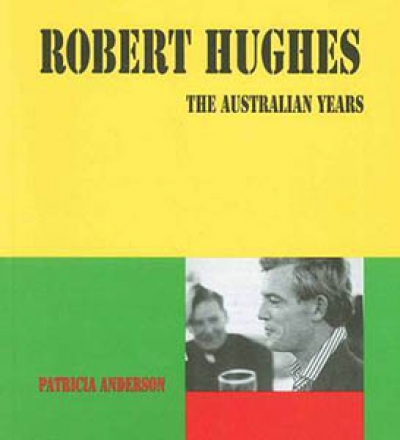Art History
Edwardian Opulence: British Art at the Dawn of the Twentieth Century edited by Angus Trumble and Andrea Wolk Rager
by Anne Gray •
Crossing Cultures: Conflict, migration and convergence. The proceedings of the 32nd International Congress of the History of Art edited by Jaynie Anderson
by Patrick McCaughey •
The Art of Australia, Volume 1: Exploration to Federation by John McDonald
by David Hansen •
Centre of the Periphery: Three European art historians in Melbourne by Sheridan Palmer
by Patrick McCaughey •
A Remarkable Friendship: Vincent Van Gogh and John Peter Russell by Ann Galbally
by Fiona Gruber •
The Formalesque: A guide to Modern Art and its History by Bernard Smith
by Luke Morgan •
Turner to Monet: The triumph of landscape painting edited by Christine Dixon
by Mary Eagle •
Unstill Life by Judith Pugh & Self-Portrait of the Artist’s Wife by Irena Sibley
by Vivien Gaston •










